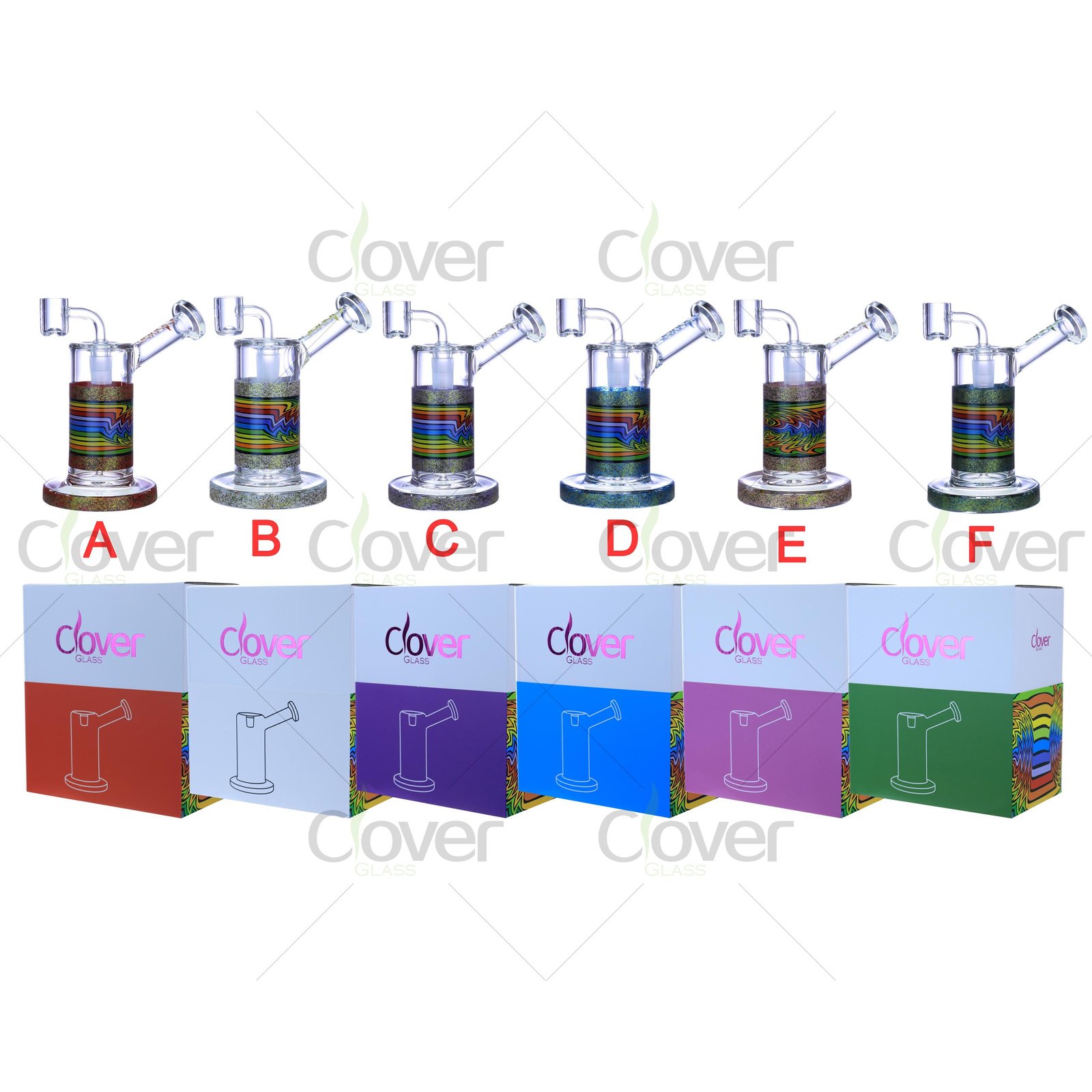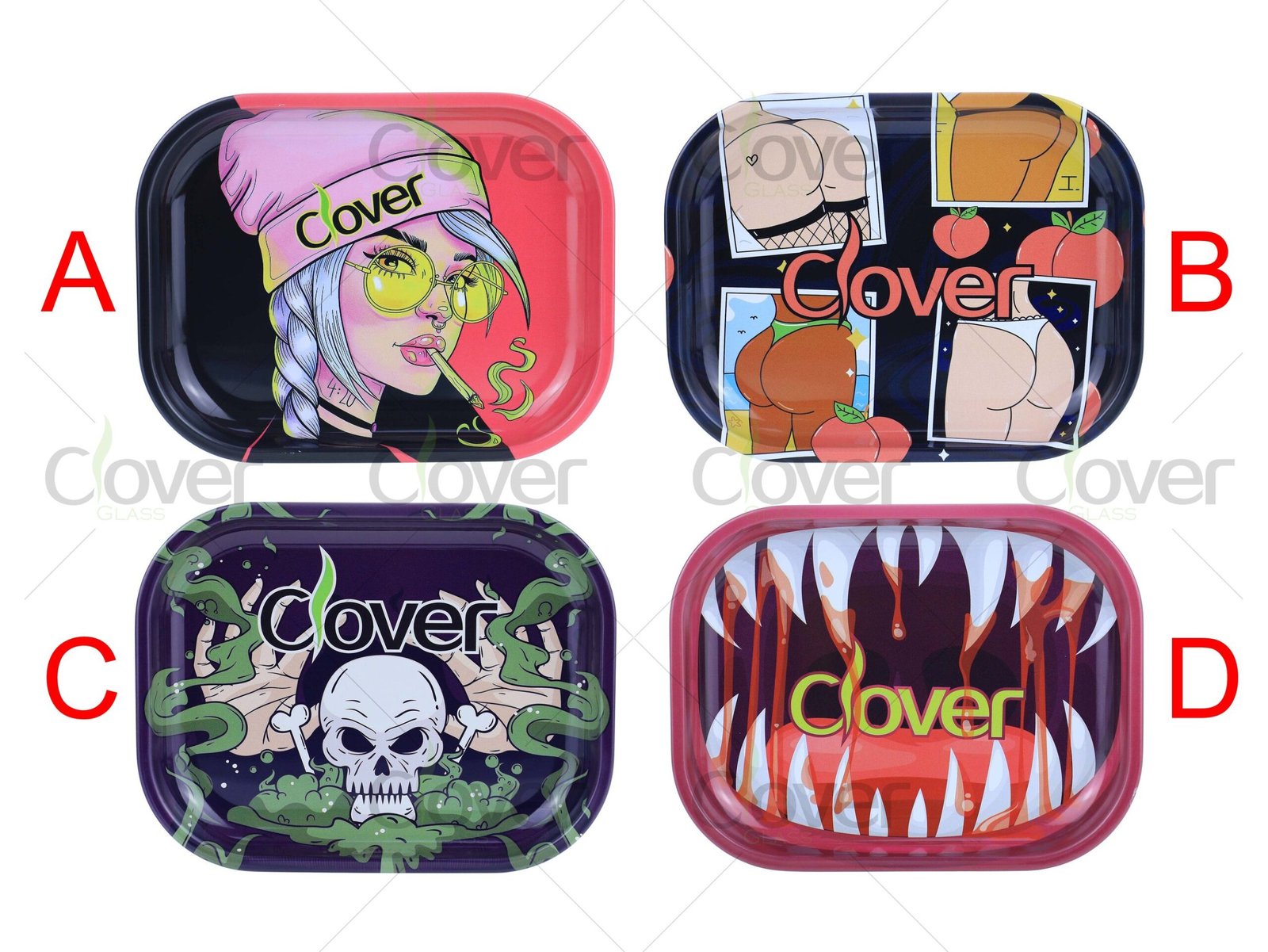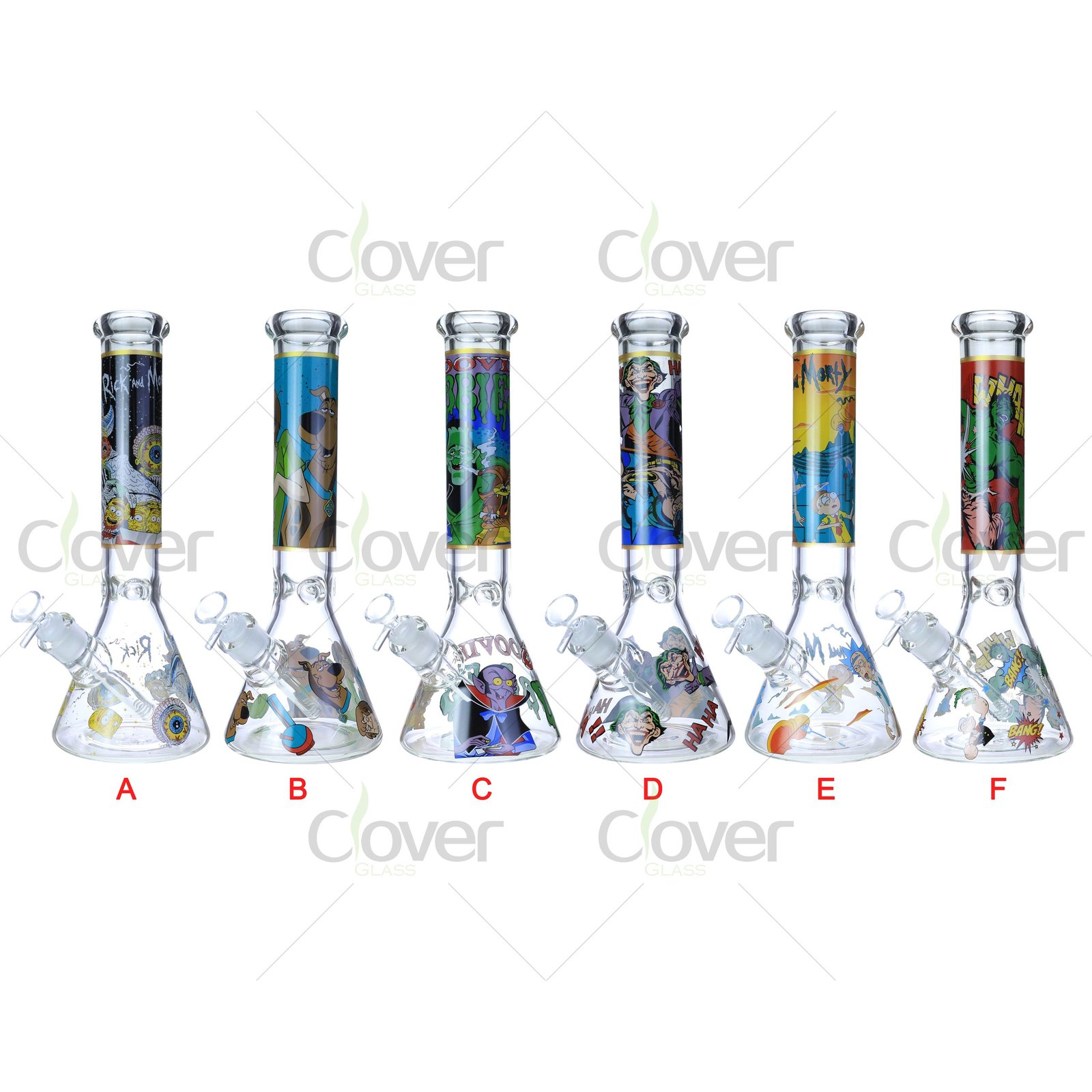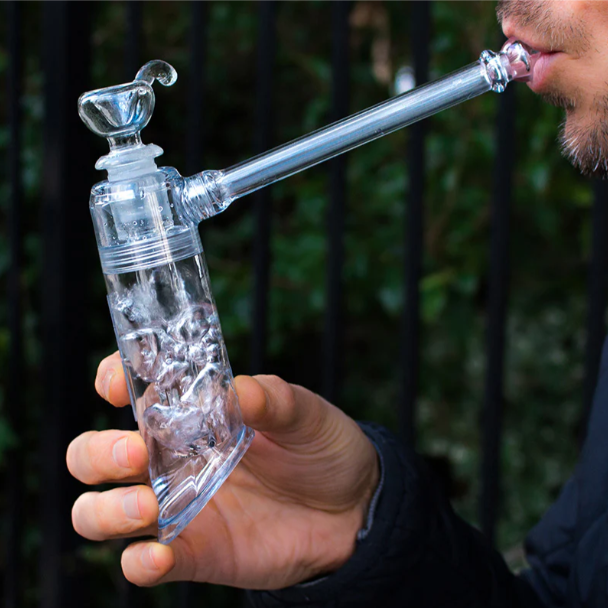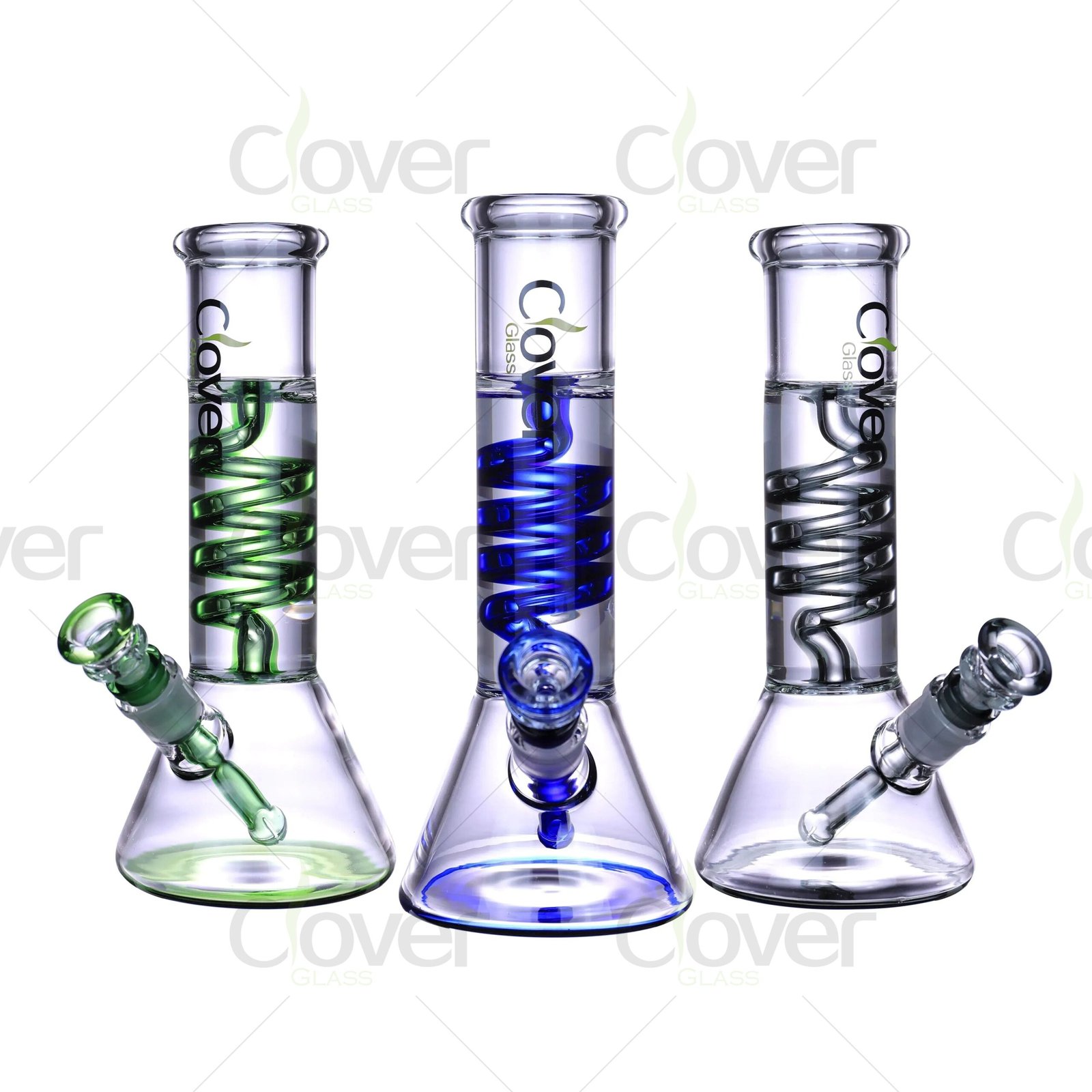You finally land a pallet of sleek glycerin-neck bongs—only to hear buyers complain about cracked tubes or frosty necks that taste like freezer burn. I’ve been there. The fix isn’t tossing inventory; it’s understanding the science and teaching partners simple handling habits that protect glass and lungs.
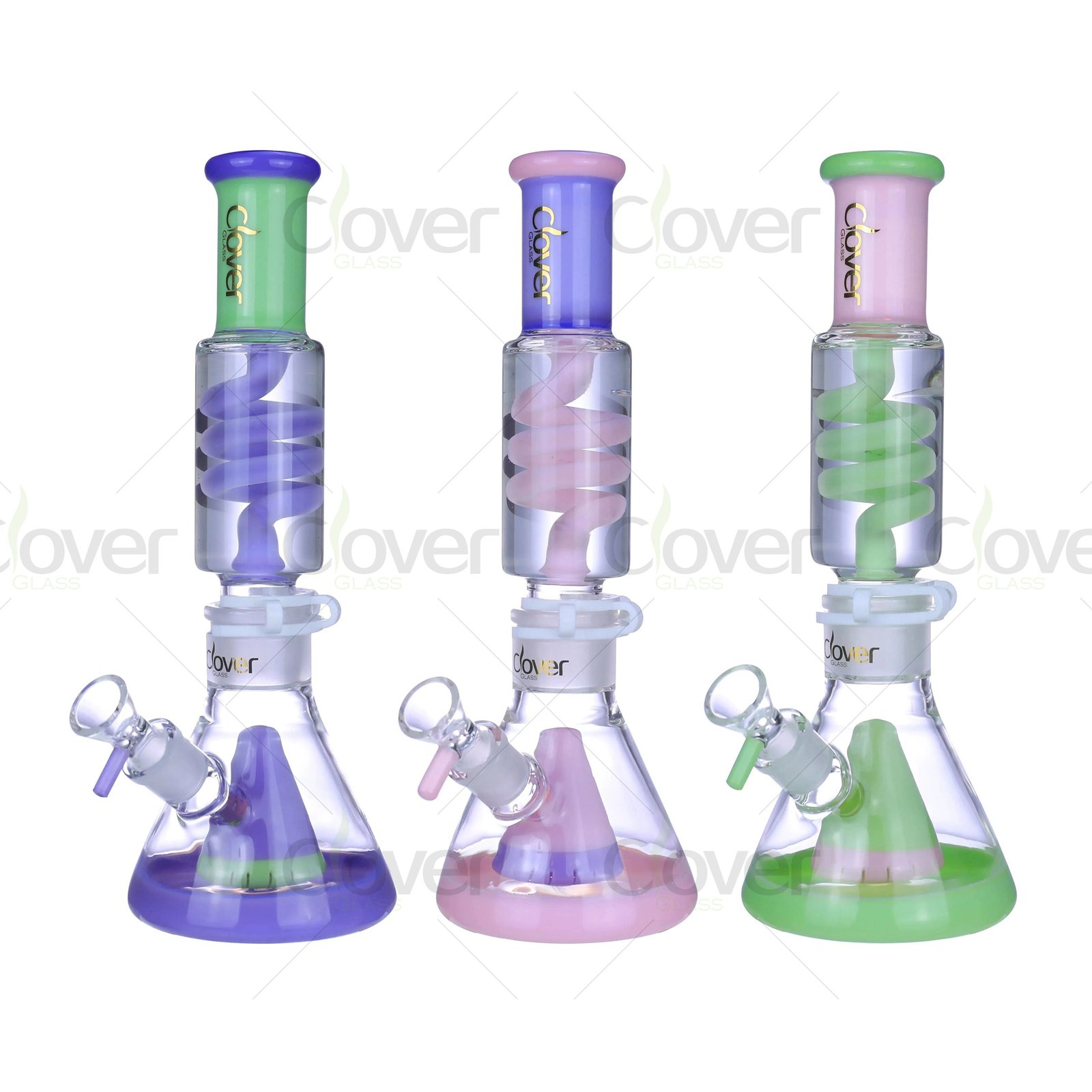
A glycerin neck freezable bong chills smoke without ice cubes. The neck is a double-walled chamber sealed with food-grade glycerin—classified by the FDA as Generally Recognized as Safe (GRAS) (https://www.fda.gov/food/food-ingredients-packaging/generally-recognized-safe-gras). Freeze the piece for two hours, reconnect the bowl, and you’ll drop vapor temperature by roughly 100 °F while keeping airflow open. Used correctly, it reduces throat irritation and resin buildup far better than standard ice-pinches.
Sound good? Grab your oven mitts and a timer—let’s dive in and keep every neck frost-fresh, not fracture-prone.
What is a glycerin neck freezable bong?
Picture a lab condenser married to a beaker bong. A sealed jacket around the neck traps liquid glycerin; when frozen, it behaves like an icy sleeve.
It’s borosilicate glass with a built-in, sealed glycerin coolant. The user detaches the neck, freezes it, then re-assembles for instant chilled draws—no loose ice, no spill risk, and minimal condensation.
Why does it matter?
Heat, tar, and harshness are top complaints among wholesale customers demoing products on trade-show floors. Cooler smoke translates to longer sessions and happier reviews.
Studies show glycerin aerosol stays below lung-irritant thresholds when vaporized normally (https://www.ncbi.nlm.nih.gov/books/NBK507184/) yet absorbs heat efficiently thanks to its high specific heat (https://webbook.nist.gov/cgi/cbook.cgi?ID=C56815&Mask=E). That makes glycerin an ideal, reusable coolant.
How to choose the right one?
Not all “freezables” are equal. Look for 5 mm-wall borosilicate and keck-clip secured joints. Ask vendors for cold-shock test data.
Select 3 × 10-6 K-1 coefficient borosilicate—documented by the Society of Glass Technology (https://sgt.org/resource/resmgr/compendium_of_glass/79_parker.pdf)—paired with food-grade glycerin. Avoid soda-lime glass; it cracks 4× faster under cryogenic cycling.
What mistakes should beginners avoid?
Most breakages happen in the freezer, not on the coffee table. Here’s what to warn buyers about.
Never fill the neck with water, never torque frozen joints, and always thaw gradually. Cold-contact burns from −20 °C glass mimic dry-ice injuries—see OSHA quick-facts on cryogens (https://www.osha.gov/sites/default/files/publications/OSHAquickfacts-lab-safety-cryogens-dryice.pdf).

Dive deeper
How glycerin does the cooling
Glycerin’s specific heat (~2.4 J g⁻¹ K⁻¹) is over twice that of ice water. According to PubChem data (https://pubchem.ncbi.nlm.nih.gov/compound/Glycerin), it absorbs thermal energy rapidly while remaining viscous, so it won’t slosh or leak.
Safe freezing protocol
- Detach the neck; wipe resin so the freezer stays odor-free.
- Wrap in a clean zip bag—prevents food odors.
- Lay flat for even freezing; two hours at −4 °F (-20 °C) is enough.
- Re-clip using a silicone keck clip rated to −40 °F.
Tip: Teach staff to handle the neck with nitrile-dipped freezer gloves—OSHA notes skin contact with cryogens causes burn-like injury within seconds.
Cleaning between sessions
- Flush warm water before freezing; hot water post-freeze risks thermal shock.
- For heavy resin, soak in 91 % isopropyl alcohol plus coarse salt, then rinse.
- Final rinse with distilled water avoids mineral spots that weaken glass over time.
Shipping & storage advice for B2B orders
| Checkpoint | Acceptable Range | Why it matters |
|---|---|---|
| Transit temp | 14 °F to 104 °F | Glycerin won’t expand or leak. |
| Joint fit | ≤0.2 mm wobble | Prevents micro-cracks. |
| Drop test | 1 m onto foam | Mimics shelf mishaps. |
Include a bilingual one-sheet inside each master carton so distributors pass best-practice tips downstream.
Health-effects FAQ (for inquisitive buyers)
- “Is glycerin safe to inhale?”
FDA lists glycerin as GRAS for ingestion; inhalation studies show low toxicity at vapor temps under 230 °F (https://www.cdc.gov/tobacco/e-cigarettes/health-effects.html). - “Will frozen glass weaken over time?”
Proper borosilicate withstands >1000 hot-cold cycles if annealed correctly (see SGT source above).
Conclusion
A glycerin neck freezable bong is premium only when used responsibly. Teach customers freezing etiquette, include safety sheets, and you’ll slash breakage claims while adding an upsell story buyers remember. Questions? Email me—Frank at CloverGlass—and I’ll share our QC checklist template.

